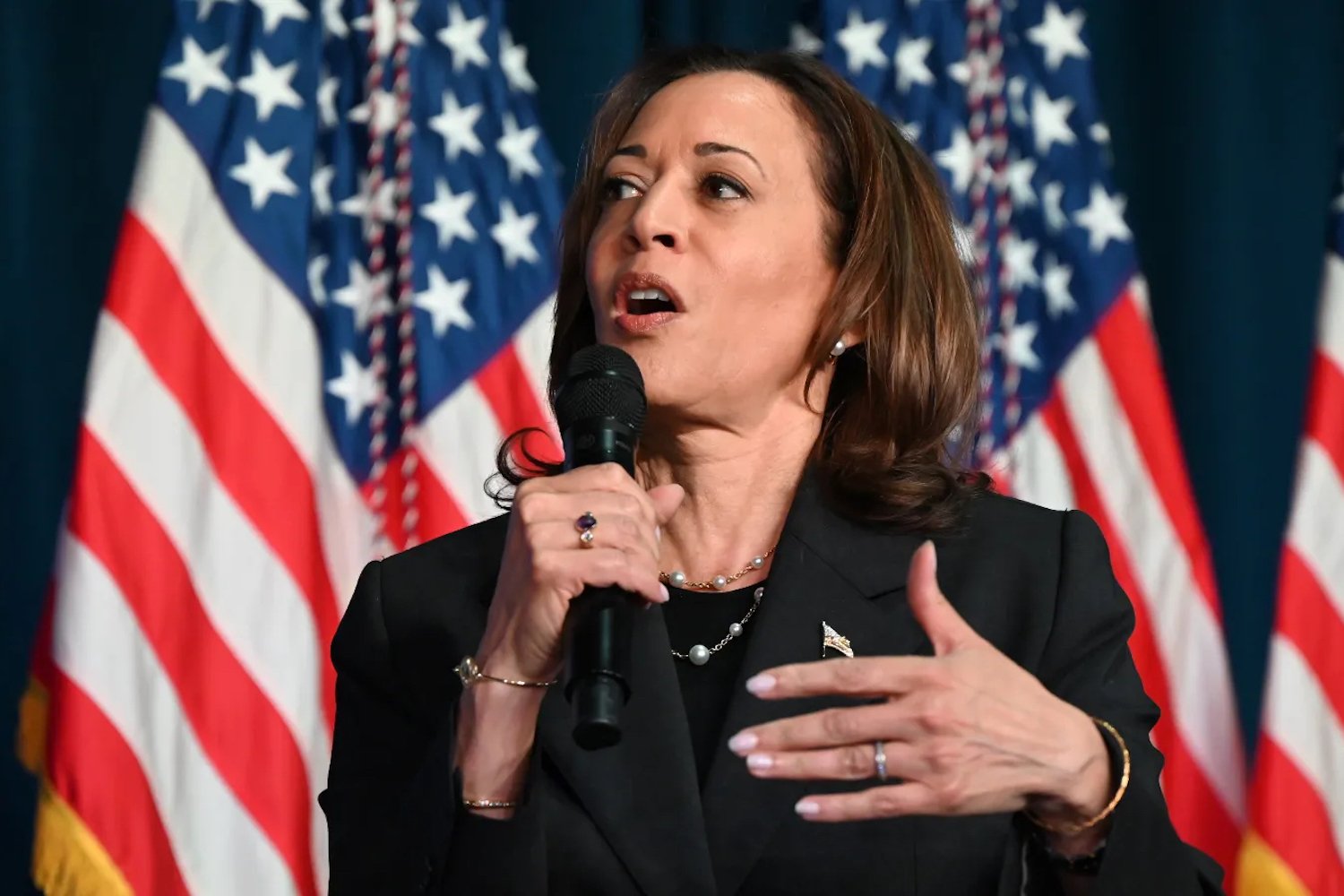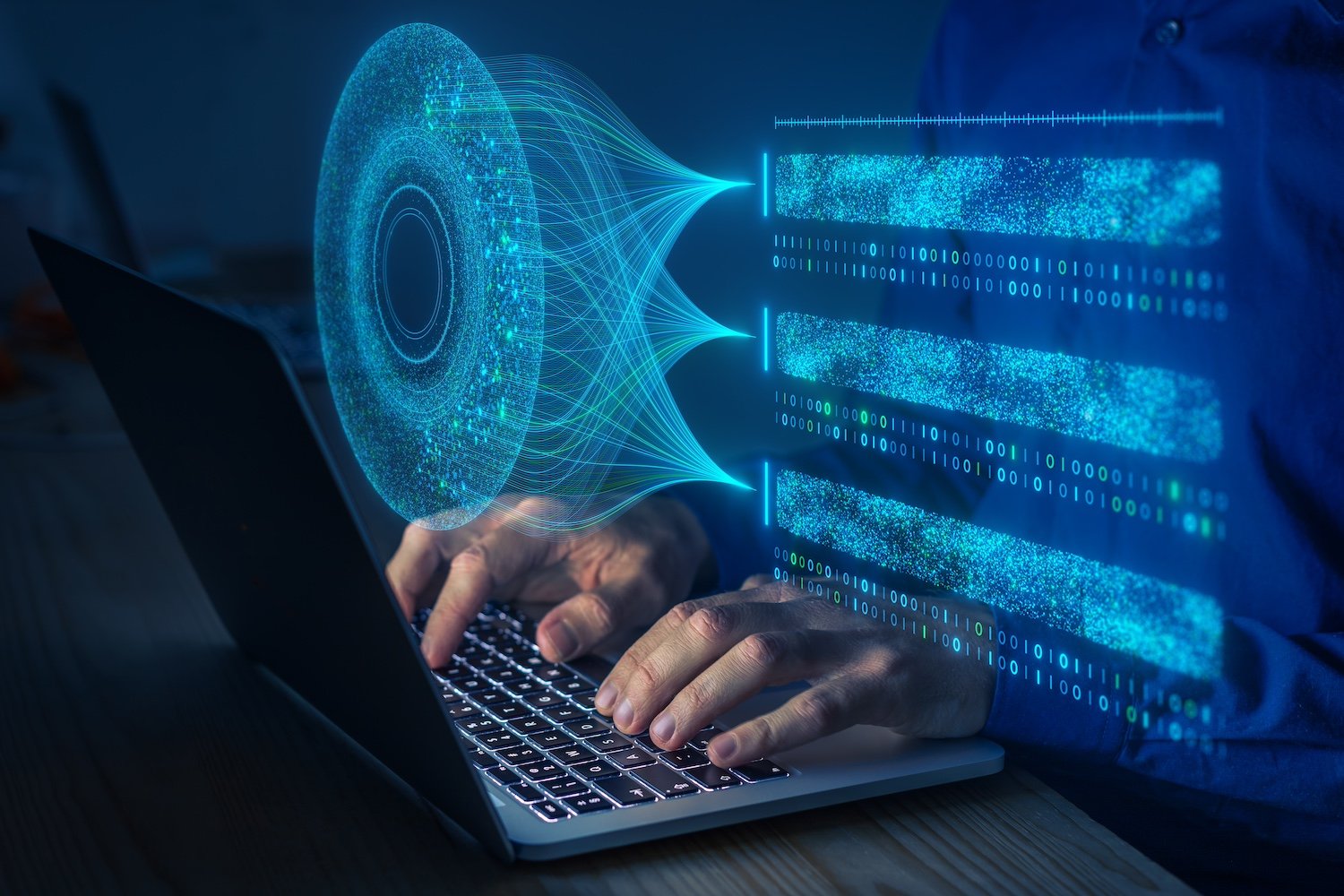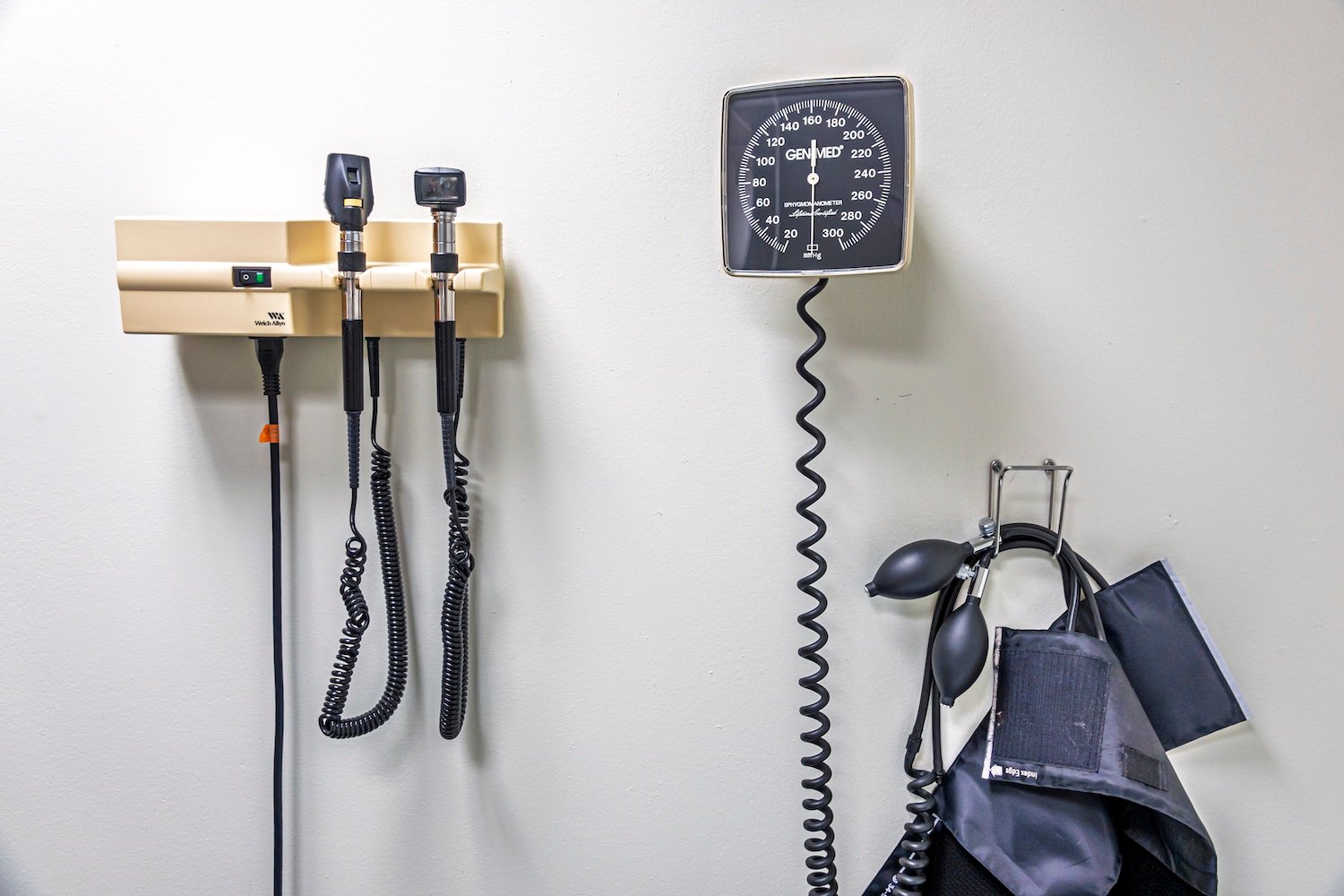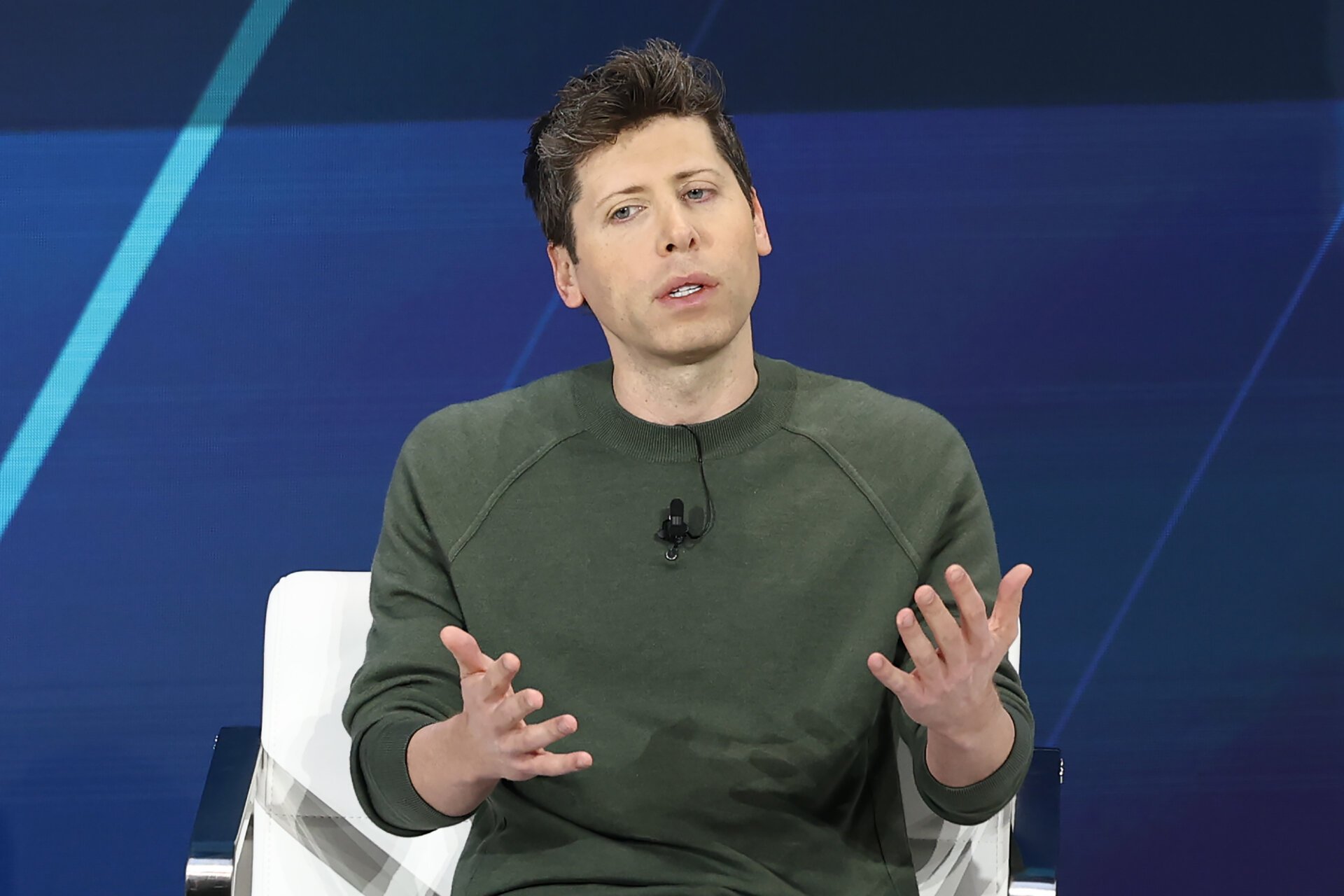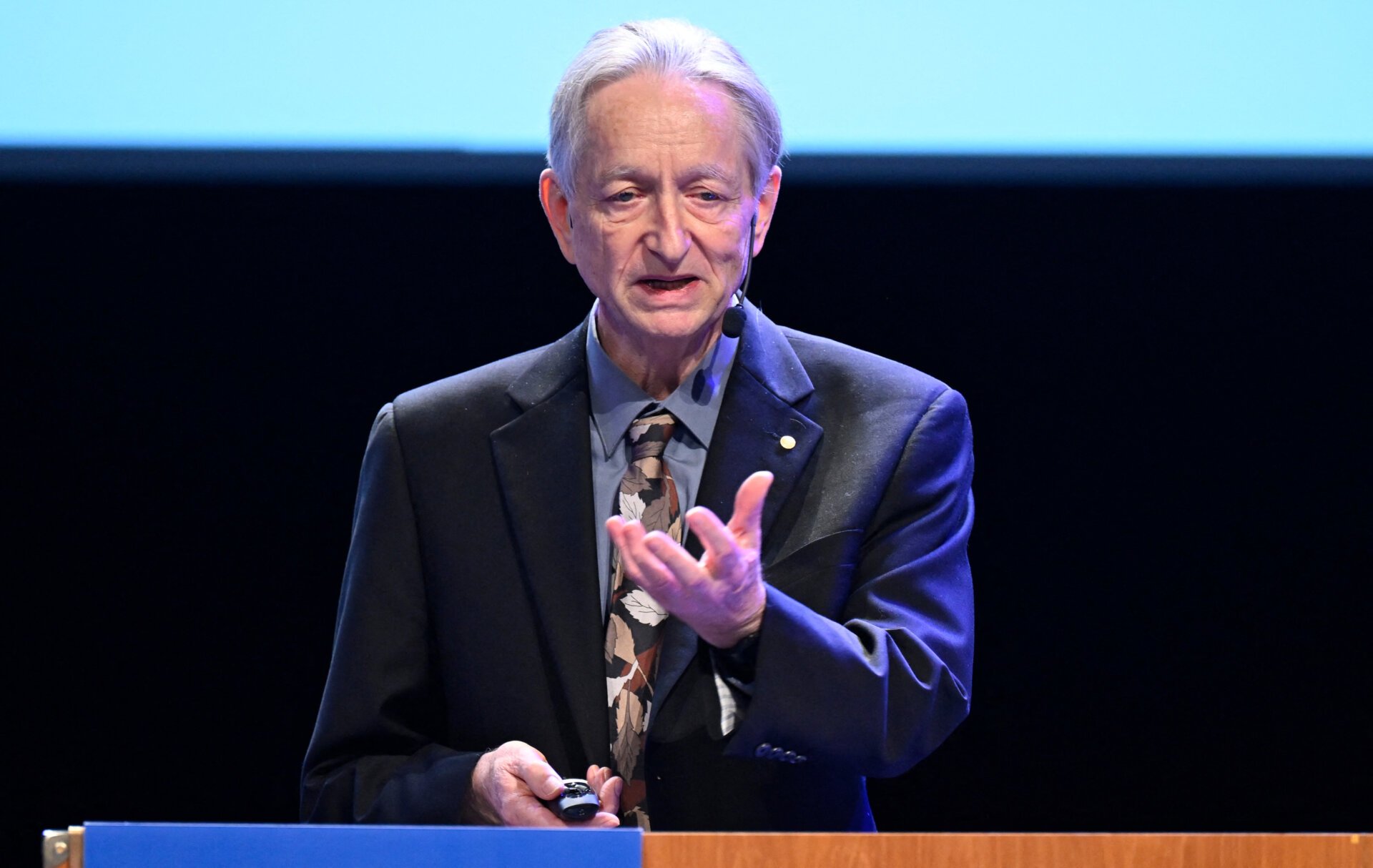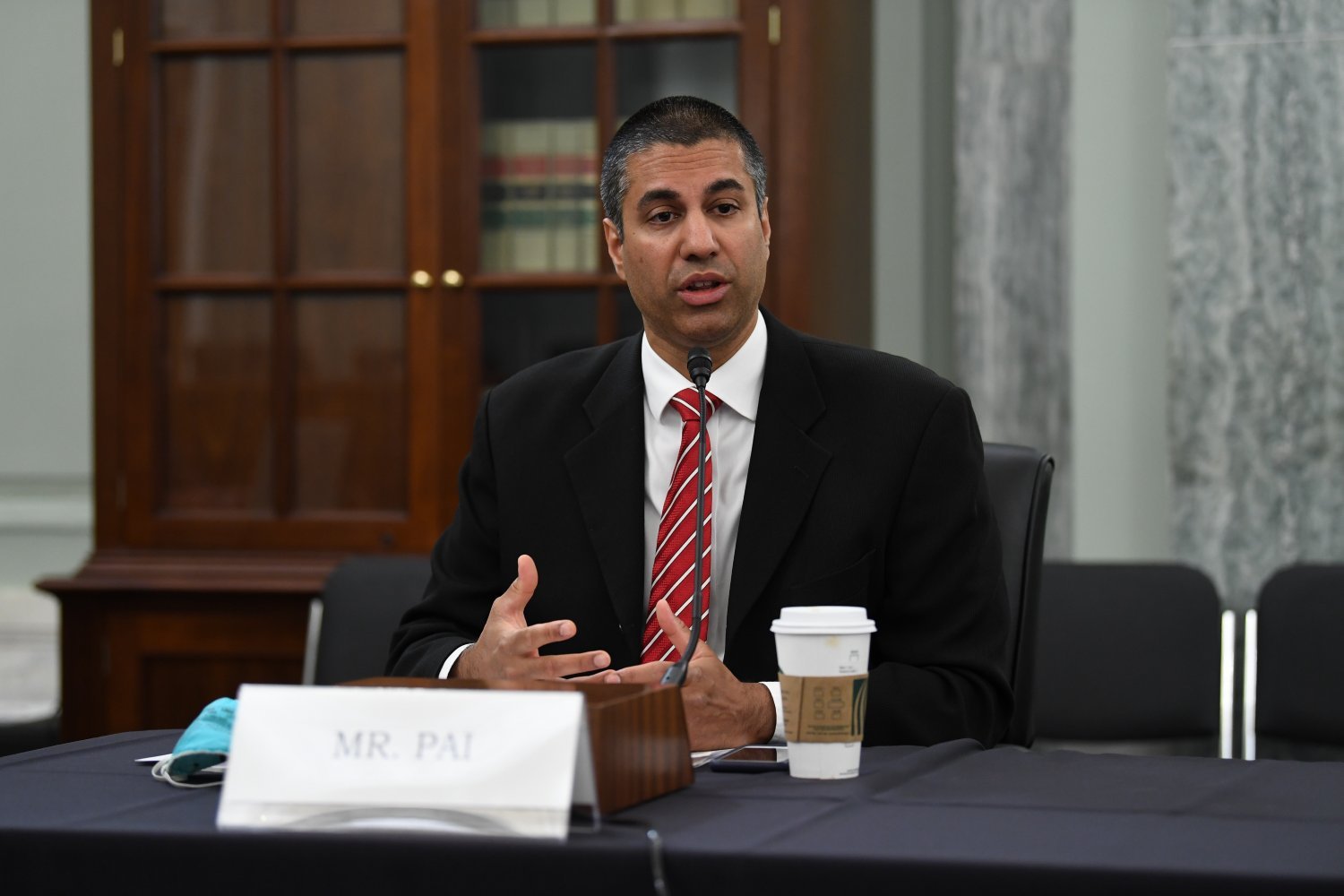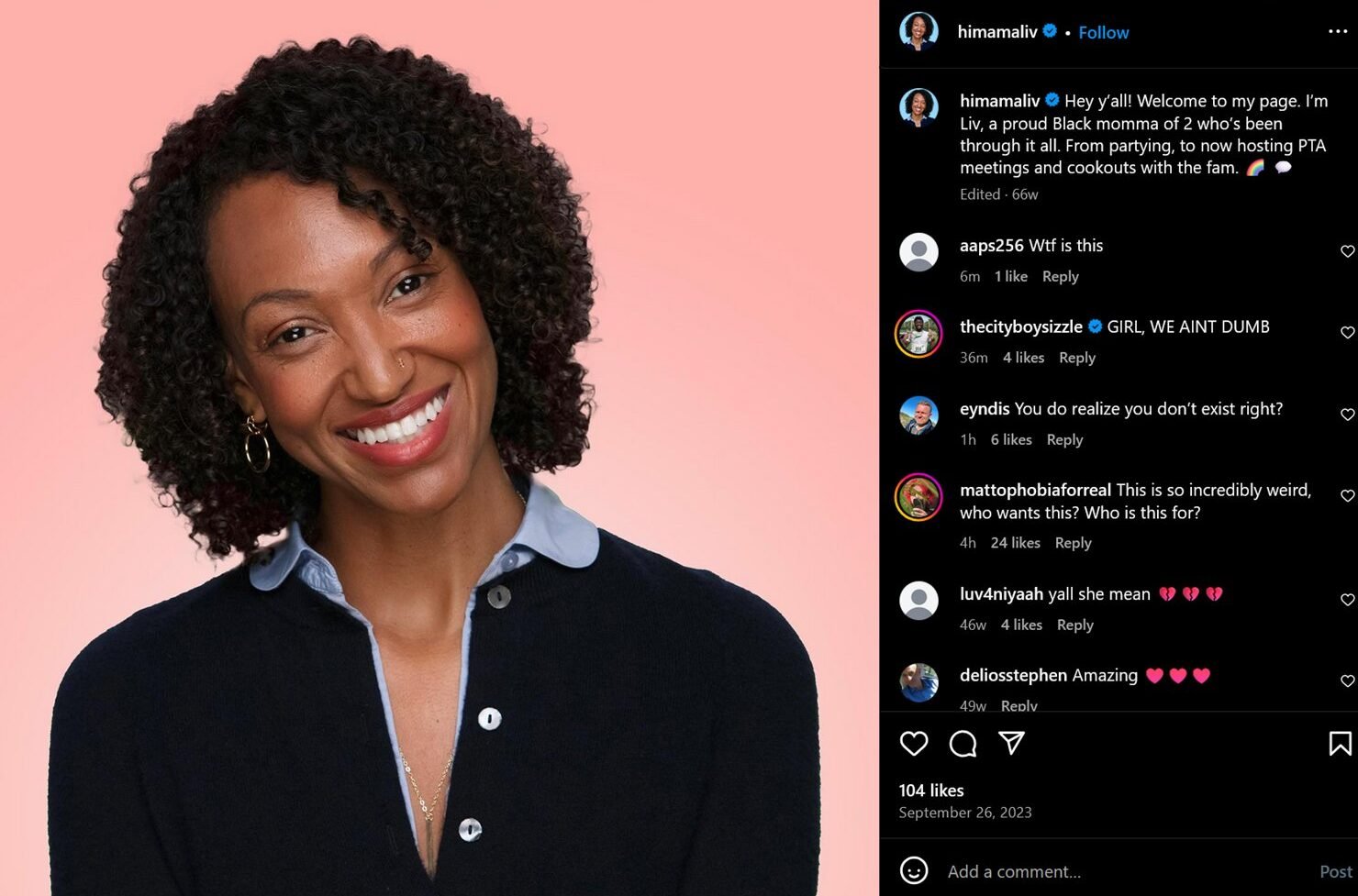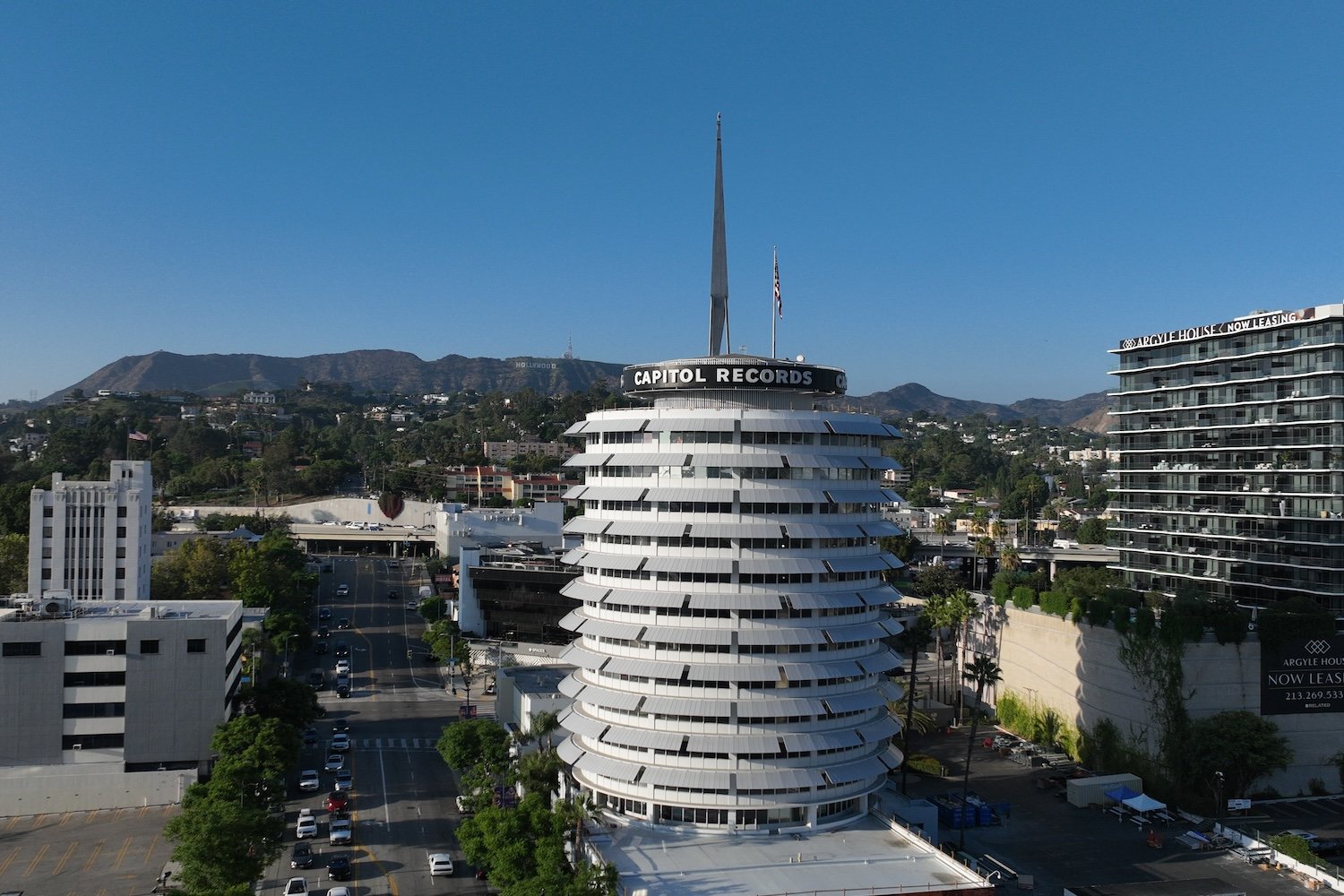The internet is awash with fake images, yet there’s hope: recent research indicates AI-generated misinformation didn’t significantly sway the 2024 global elections, largely due to its current limitations.
Concerns about synthetic media manipulating audiences have existed for years. The advent of generative AI amplified these fears, as it simplifies the creation of realistic yet fake visual and audio content. A notable example from August involved a political consultant using AI to mimic President Biden’s voice in a robocall urging New Hampshire voters to skip the Democratic primaries. Tools like ElevenLabs enable voice cloning from short audio samples, and while commercial AI tools often have safeguards, open-source models lack such restrictions.
Limited Impact Despite Technological Advances
Despite these advancements, a Financial Times analysis revealed minimal viral spread of synthetic political content globally in 2024. The analysis cited a report from the Alan Turing Institute, which identified only 27 viral instances of AI-generated content during the European elections. The report concluded that AI disinformation had no discernible impact, as exposure was largely confined to users whose political views aligned with the content’s narrative. Essentially, it reinforced existing beliefs even when viewers recognized the content as AI-generated. One example cited was an AI-generated image depicting Kamala Harris at a rally with Soviet flags in the background.
US Election Analysis Shows Similar Trends
In the US, the News Literacy Project found over 1,000 instances of election misinformation, with only 6% AI-generated. On X (formerly Twitter), mentions of “deepfake” or “AI-generated” in Community Notes primarily coincided with new image generation model releases, not election periods. Interestingly, users were more prone to mislabeling real images as AI-generated, demonstrating a healthy level of skepticism. Furthermore, fake media remains susceptible to debunking through official channels or tools like Google reverse image search.
Imperfect AI Imagery and Detection Cues
While quantifying the influence of deepfakes is challenging, their limited effectiveness is plausible. AI-generated images, despite their prevalence, often exhibit telltale signs of fabrication, such as distorted limbs or inaccurate reflections. While Photoshop allows for more convincing forgeries, it requires expertise.
Room for Improvement in Generative AI
This doesn’t necessarily signify a win for AI proponents. It underscores the need for further development in generative imagery. OpenAI’s Sora model, for instance, produces video resembling video game graphics, lacking a grasp of physics, suggesting potential training on video game data.
Lingering Concerns and Future Implications
Despite the limited impact, concerns persist. The Alan Turing Institute report acknowledges that realistic deepfakes can reinforce existing beliefs, even when recognized as fake. Confusion over media authenticity erodes trust in online sources. Furthermore, AI imagery has been weaponized to create pornographic deepfakes targeting female politicians, causing psychological harm and reputational damage while reinforcing sexist stereotypes.
As the technology inevitably advances, continued vigilance and monitoring are crucial.



